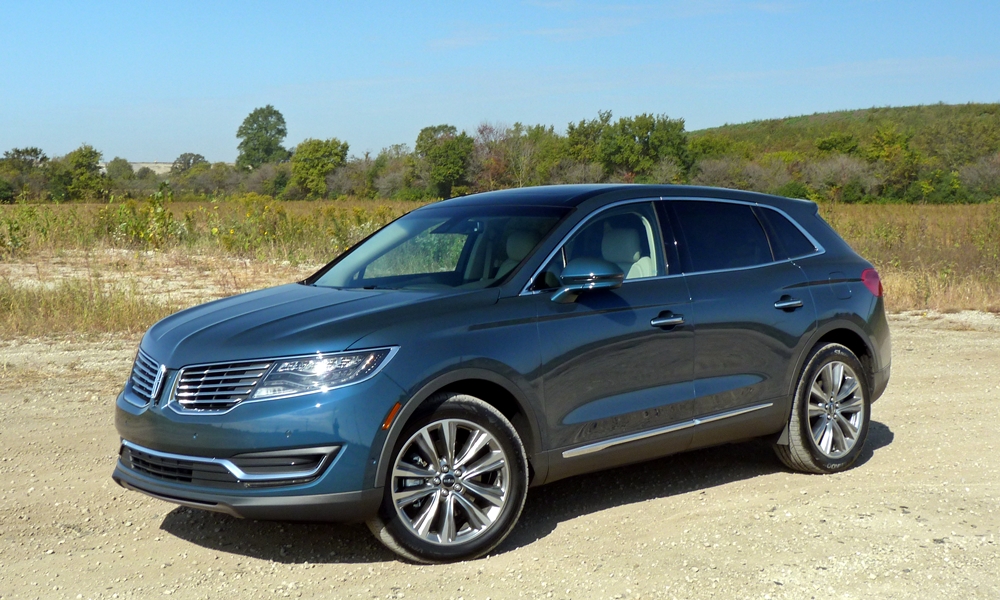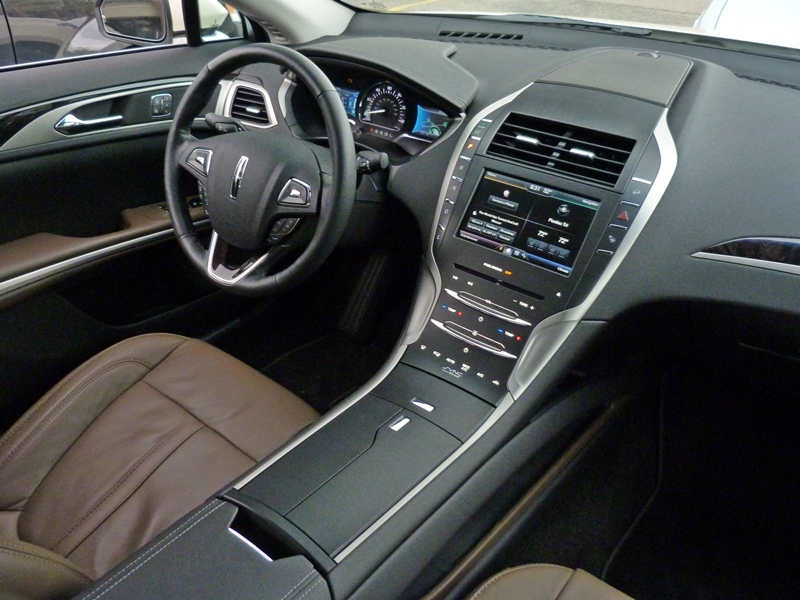 Luxury cars are an odd market. Cadillac has been trying to out-BMW BMW by producing the fastest accelerating, best-handling, rear-wheel-drive-based luxury sedans. Mercedes-Benz also has been pushing performance and handling more than at any previous time in its storied history. A consensus has been emerging that the C63 AMG is the best among an increasingly large, increasingly capable crowd of BMW M3 competitors. Even Lexus has felt compelled to sell performance, with its F cars (IS, RC, and now GS). Yet how many luxury car buyers will ever remotely approach the capabilities of even the most basic Mercedes-Benz E-Class? Most of their time is spent commuting, after all. Recognizing how most luxury car buyers actually use their cars, and taking advantage of the freedom provided by its relatively low sales volumes to not have to try to be all things to all people, Lincoln has opted to focus on “quiet luxury.” Might this work? Or is there a reason other upscale brands have been pushing performance so hard?
Luxury cars are an odd market. Cadillac has been trying to out-BMW BMW by producing the fastest accelerating, best-handling, rear-wheel-drive-based luxury sedans. Mercedes-Benz also has been pushing performance and handling more than at any previous time in its storied history. A consensus has been emerging that the C63 AMG is the best among an increasingly large, increasingly capable crowd of BMW M3 competitors. Even Lexus has felt compelled to sell performance, with its F cars (IS, RC, and now GS). Yet how many luxury car buyers will ever remotely approach the capabilities of even the most basic Mercedes-Benz E-Class? Most of their time is spent commuting, after all. Recognizing how most luxury car buyers actually use their cars, and taking advantage of the freedom provided by its relatively low sales volumes to not have to try to be all things to all people, Lincoln has opted to focus on “quiet luxury.” Might this work? Or is there a reason other upscale brands have been pushing performance so hard?
 First off, what is “quiet luxury?” As explained by Lincoln president Kumar Galhotra in a presentation to the Detroit-based Automotive Press Association (APA) today, “quiet luxury” has three key components: elegance, serenity, and effortless power. It’s the opposite of aggressive styling and aggressive performance. It’s quiet in a very broad sense, visual and experiential as well as auditory, not simply the volume of noise inside the car. Ideally, every detail of how the car looks and performs gets tweaked to remove stress points, to make the driving experience flowing, smooth, and calming.
First off, what is “quiet luxury?” As explained by Lincoln president Kumar Galhotra in a presentation to the Detroit-based Automotive Press Association (APA) today, “quiet luxury” has three key components: elegance, serenity, and effortless power. It’s the opposite of aggressive styling and aggressive performance. It’s quiet in a very broad sense, visual and experiential as well as auditory, not simply the volume of noise inside the car. Ideally, every detail of how the car looks and performs gets tweaked to remove stress points, to make the driving experience flowing, smooth, and calming.
 I experienced a fair amount of this character in the MKZ Hybrid and MKC, and liked both. The new MKX is even more tightly focused around the new philosophy, and the upcoming new Continental will explore it even further. The features of the last will include front seats whose 15 adjustments will include separate right and left cushion angles. Why? Because while driving just about everyone positions their right and left legs differently. A cushion with the same angle for both creates a “stress point.” Even the Continental will be based on a front-wheel-drive platform. Enthusiasts will scoff at this, but a similar basis doesn’t seem to have hurt Audi.
I experienced a fair amount of this character in the MKZ Hybrid and MKC, and liked both. The new MKX is even more tightly focused around the new philosophy, and the upcoming new Continental will explore it even further. The features of the last will include front seats whose 15 adjustments will include separate right and left cushion angles. Why? Because while driving just about everyone positions their right and left legs differently. A cushion with the same angle for both creates a “stress point.” Even the Continental will be based on a front-wheel-drive platform. Enthusiasts will scoff at this, but a similar basis doesn’t seem to have hurt Audi.
It’s quite possible that the limiting factor won’t be this message, but Lincoln’s perceived status (or lack of it) despite the renewed effort (and investment) being put into its products. Let’s assume that if the message is the right one, then Lincoln’s battered image will mend. Will many current luxury car buyers be receptive to the “quiet luxury” message? Or do even people who’ll hardly ever drive a car aggressively desire an aggressive car and brand image? Lincoln has no plans to launch a performance-oriented sub-brand. But has one become necessary for a luxury brand to be perceived as credible?
Lincoln has opted to focus so intently on “quiet luxury” that we’re about to find out. They hope this will help them increase their annual sales from 100,000 to 300,000. The paradox: if they’re successful, they’ll then likely have to broaden their message like even BMW and Lexus have if they want to continue to grow.